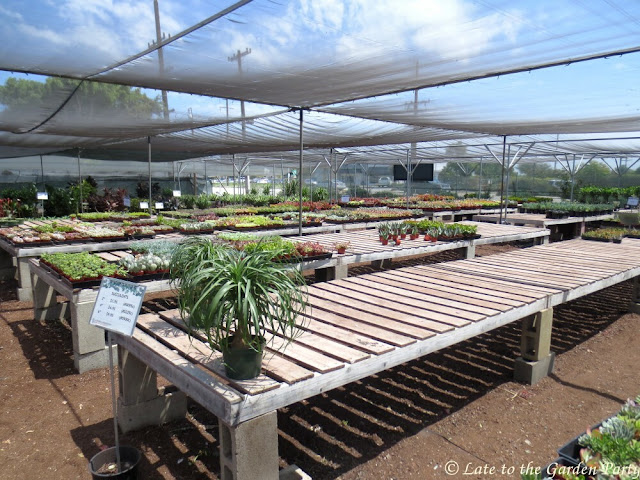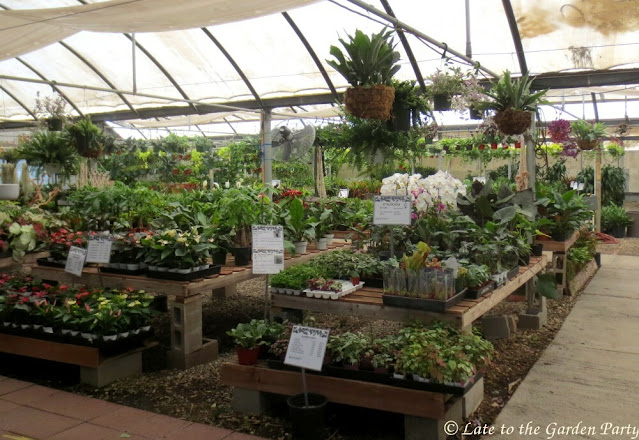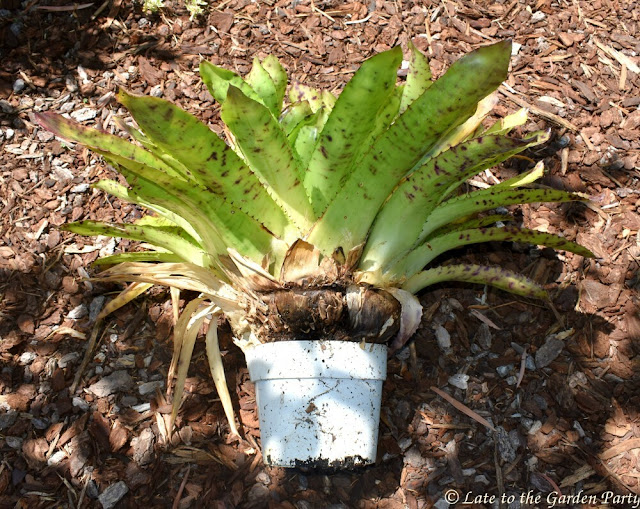I'm not in love with pale pink but sometimes that's what the garden delivers. Last week, my Amaryllis belladonna began popping up on their leaf-less stems, one after another. Frankly, if I had to choose, I'd say I like the plants' foliage, which dies down as soon as temperatures soar, better than its flowers but the real problem is that the bulbs aren't optimally placed to hide their naked stems so they look a little ridiculous. That placement wasn't intentional but, as shrubs and perennials died off over time long after the bulbs were planted, that's what's happened. As an Alstroemeria in the front garden had produced an unexpected flush of matching pink-tinged flowers, the die was cast and I cut two stems of the most awkward-looking Amaryllis flower stalks.
 |
I added a single Dahlia 'Karma Prospero' to the mix, mainly because it was the only new dahlia bloom in the right color range. As I'd neglected to pinch back the dahlia earlier to promote side stems, it was also a good time to correct that error before it was too late.
|
 |
I dressed up the back view with Daucus carota 'Dara', which is already rapidly going to seed
|
 |
Top view
|
 |
Clockwise from the upper left: Coleonema album, Leptospermum 'Copper Glow', Pelargonium schizopetalum, Alstroemeria 'Inca Vienna', Amaryllis belladonna. Dahlia 'Karma Prospero', and Daucus carota 'Dara'
|
I switched to the vivid side of the color spectrum with deep red flowers for my second arrangement. I avoided red in my former garden and, even now, I haven't entirely embraced it. However, I sowed seeds of Zinnia 'Benary's Giant Deep Red' earlier this year and they're the first of my Zinnias to bloom en masse so they were a natural choice.
 |
To lighten up the arrangement I added one of the last stems of Alstroemeria 'Inca Lucky'. Alstroemeria doesn't care for our hot summer temperatures so I don't expect to see many more flowers from that genus until late fall.
|
 |
Back view: I added several stems of Leucadendron 'Safari Sunset' to the mix, one if the few red "flowers" in my garden that meshed well with the Zinnias
|
 |
Top view
|
 |
Clockwise from the upper left: more Coleonema album and Leptospermum 'Copper Glow', Leucadendron 'Jubilee Crown', Alstroemeria 'Inca Lucky', Leucadendron 'Safari Sunset', Persicaria capitata, and Zinnia elegans 'Benary's Giant Deep Red'
|
The last two stems of the 'Cobalt Dreams' Delphinium in my cutting garden had toppled over and were fading fast, leaving me compelled to cut them for a final hurrah on the kitchen island.
 |
Utilizing the same vase as last week, I added two varieties of coleus (Plectranthus scutellarioides), 'Salsa Verde' and 'Vino' (in flower), to accompany the Delphinium 'Cobalt Dreams'
|
Our weekend weather was wonderful. A persistent morning marine layer kept our afternoon temperatures remarkably low for this time of year. It's not realistic to assume that those conditions will continue for long but I was happy that I was able to make good use of my time in the garden in any case. Unhappily, however, late afternoon on Sunday was marred by the continuous sound of helicopters circling the area. Sadly, that turned out to be the result of a mass shooting at a park less than 5 miles away. The last report I heard was that seven people were transported to the hospital and two people died. The US population's sick addiction to guns continues unabated, even in California, which has some of the strongest gun regulations in the country.
For more IAVOM creations, check in with our host, Cathy at Rambling in the Garden.
All
material © 2012-2022
by Kris Peterson for Late to the Garden Party
































































